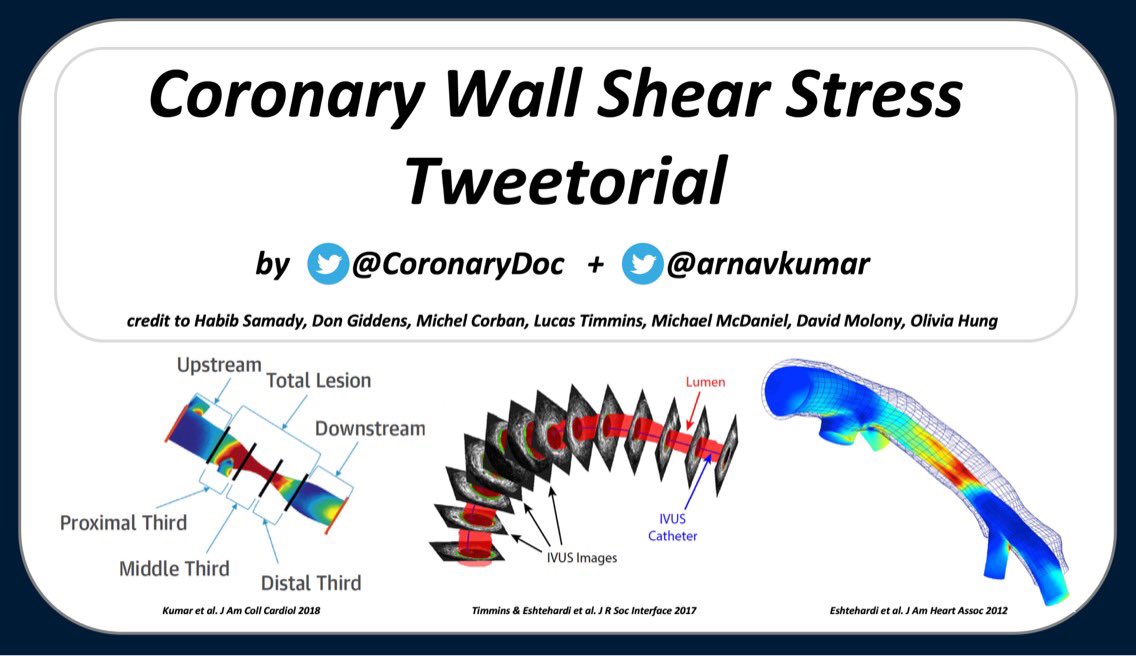Discover and read the best of Twitter Threads about #mechanobiology
Most recents (3)
Ready for some personal news? Here goes. . . after a great deal of thought (and therapy), I’ve decided to close my lab down and leave academia. I know this type of thread is now verging on the predictable, so just a few details. 1/5
This is not in response to specific issues with our research program (#mechanobiology forever!), past or current lab members (they are ALL AWESOME), with my department, Wash U, or with my harasser. There are truly too many inter-related reasons to summarize them easily. 2/5
I can only say that, while I've been fairly happy and fairly successful as an academic, this job no longer gives me the joy that it used to--and I have less energy and enthusiasm to give in return. I'm ready to break this feed-forward loop! 3/5
Here I offer a distraction from the terrible news coming from all directions this week—our new preprint! Read on if you like #mechanobiology #plantbiology #piezo channels #vacuoles or #moss. . . Thoughts/questions/RTs are welcome! 1/n biorxiv.org/content/10.110…
We study mechanosensitive ion channels in plants, and one of the big questions we want to answer is how this mesmerizing 🤓class of proteins has been tailored through evolution to the unique mechanical environment of the plant 🌱 cell. 2/10
So, a few years ago we began an effort to study the plant homologs of the famous PIEZO channel, which is a MAJOR mechanosensory cation channel in animals. In this preprint, we describe the evolution, genetics & cell biology of PIEZO channels in moss, or Physcometrium patens. 3/10
What’s Your “Shear Stress”?
Want to Know More?
Relax & Read ⤵️ #Tweetorial by @CoronaryDoc + @arnavkumar
⚡️Coronary Wall Shear Stress in 12 Tweets ⚡️
1/12
Main Readings:
1) interventions.onlinejacc.org/content/early/…
2) ow.ly/XmD130mc9X8
3) link.springer.com/article/10.100…
#ACCImaging @ACCCardioEd
Want to Know More?
Relax & Read ⤵️ #Tweetorial by @CoronaryDoc + @arnavkumar
⚡️Coronary Wall Shear Stress in 12 Tweets ⚡️
1/12
Main Readings:
1) interventions.onlinejacc.org/content/early/…
2) ow.ly/XmD130mc9X8
3) link.springer.com/article/10.100…
#ACCImaging @ACCCardioEd

2/12
Wall shear stress (#WSS) is the frictional force of blood exerted tangential to endothelial surface of vessel wall & expressed in variety of units (1Pa=1N/m2=10 dynes/cm2)
It is derived from
• luminal geometry
• flow rate
• blood viscosity
• near wall velocity values
Wall shear stress (#WSS) is the frictional force of blood exerted tangential to endothelial surface of vessel wall & expressed in variety of units (1Pa=1N/m2=10 dynes/cm2)
It is derived from
• luminal geometry
• flow rate
• blood viscosity
• near wall velocity values

3/12
In vivo WSS calculations are derived from computational fluid dynamic (#CFD) simulations created from reconstructed 3D vessel geometries (from biplane angio/IVUS/OCT/CT/MR) combined with patient-specific pulsatile inlet/outlet velocity values (Doppler wire or other methods)
In vivo WSS calculations are derived from computational fluid dynamic (#CFD) simulations created from reconstructed 3D vessel geometries (from biplane angio/IVUS/OCT/CT/MR) combined with patient-specific pulsatile inlet/outlet velocity values (Doppler wire or other methods)

